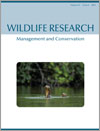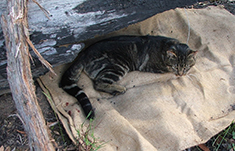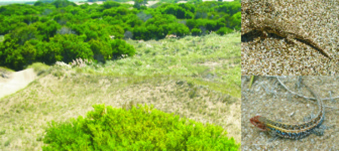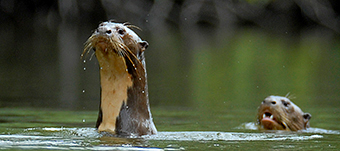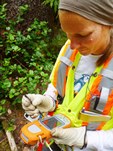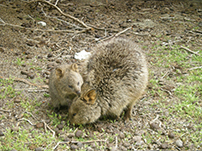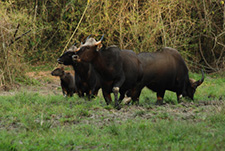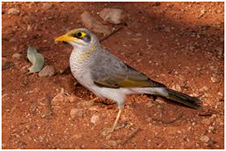WR14150Behavioural responses of wintering black-faced spoonbills (Platalea minor) to disturbance
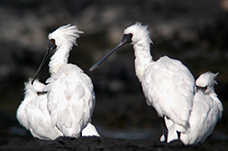
Disturbance can have diverse negative impacts on wildlife, and understanding behavioural responses to disturbance is important in developing sound conservation and management strategies. Endangered black-faced spoonbills (Platalea minor) in a non-breeding area demonstrated strong behavioural responses to human approach, especially at roosting areas in the presence of other waterbirds. Our study suggests that a buffer area for humans should be planned as part of wildlife management plans based on the tolerance of target and non-target species to disturbance.


